

Building a space launch vehicle is a complex engineering task. Over a million parts must come together and work perfectly under extremely severe conditions. How do you go about building something like this? Examine NASAs Ares Projects.
WATCH NOW
To fly around on the surface of Mars, an aircraft would need to travel at speeds of over 250 MPH just to stay aloft in the very thin atmosphere. Take off and landing on the rocky terrain to gather samples would be nearly impossible. What is the solution?
WATCH NOW
A 1000-day mission and six crew members, each needing four pounds of nutritious and tasty food per day. Variety is a must. That's what Dr. Michele Perchonok and other food science specialists and dieticians at NASA's Johnson Space Center are up against.
WATCH NOW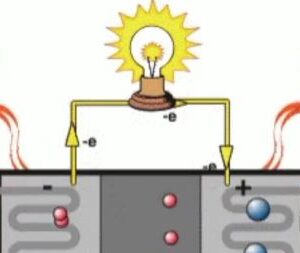
Imagine living on the moon, with a two-week night (and you thought Daylight Savings was bad!). How would we store enough power to survive? A look at the work of a materials engineer building fuel cells for humanity’s next big adventure.
WATCH NOW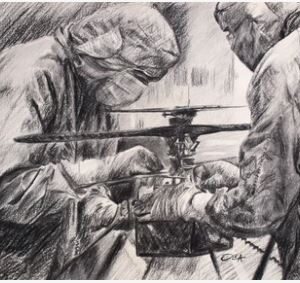
Ingenuity Helicopter - How do you build a helicopter that will survive in temperatures below -140° F? And fly through the extra thin Martian atmosphere, all while powering itself? Solving problems like these is all in a days’ work for mechanical engineer Sergio Valdez.
WATCH NOW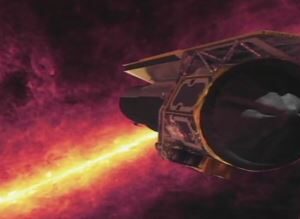
Spacecraft require thousands of tiny parts, and they all have to work together in the most extreme conditions possible – outer space. How do you assemble it so everything works? A look at the work of a JPL engineer.
WATCH NOW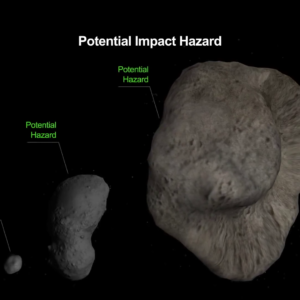
Over one million asteroids have been discovered in our solar system! But do we need to worry about them? And how do we find them? NASA asteroid expert Davide Farnocchia and Bob Holmes tell us all about asteroids, and how we track and analyze them.
WATCH NOW
The idea of solar power from space touches on science, technology, engineering, the environment, math, energy and more. Pose this concept to students to stimulate critical thinking about these issues & get them involved in the conversation.
WATCH NOW
When it comes to designing robots for space, making sure that they can complete their missions is the name of the game for NASA’s robotics engineers. That requires math, especially probability.
WATCH NOW
Evidence suggests there may be deposits of ice within craters at the poles of the moon. If this proves to be the case, Planetary Scientist Dr. Paul Spudis says it could possibly be “the most valuable piece of real estate in the solar system.” Find out why
WATCH NOW
Let engineers at NASA's Marshall Space Flight Center introduce your students to fascinating concepts in materials science, the importance of alloys, low temperature welding using friction, strength to weight ratio and much more.
WATCH NOW
In 2011 NASA launched its most ambitious mission to Mars that landed a car-sized rover on the red planet. The rover, named Curiosity, has a greater range than any rover before and carries an impressive array of science instruments.
WATCH NOW
One of the most vital and rewarding engineering disciplines is also the least understood. Show your students what it means to be a Systems Engineer with Part 2 of our video series about the Mars Science Laboratory.
WATCH NOW
MIT Professor Dava Newman is working on a new “second skin” space suit that could end the “bunny hop” once and for all. Introduce your students to a woman whose work could dramatically improve space exploration technology.
WATCH NOW
Building places to live and work in extreme environments takes architects that understand how to play by a different set of rules. Take your students to meet architects that are tackling the challenges. This is all about problem solving in outer space.
WATCH NOW
With solar flares 200,000 miles across releasing the equivalent of all the energy ever produced on the Earth at one time, space weather forecasters will become an important feature on the future news. Featured: Joe Hirmann & Joann Joselyn.
WATCH NOW
Whether you’re talking about privately owned and operated rockets to ferry cargo to low earth orbit, or the customers already in line for the opportunity to weightlessly gaze upon Earth from outer space, the “personal space flight revolution” will bring a...
WATCH NOW
Go on location with five engineers at NASA's Marshall Space Flight Center for a real-world look at the science, technology, engineering and mathematics behind rocket testing.
WATCH NOW
NASA Aerospace and Industrial Engineer Robert Howard takes viewers inside the Habitability Design Center at Johnson Space Center for a look at the Orion space capsule--and the math, and engineering skills his fascinating career demands.
WATCH NOW
It's been described as "using the techniques of Tarzan" to move things through outer space. It's reusable and would dramatically reduce the cost of space missions.
WATCH NOW
Is there life on planets in other star systems? It's a very old question. But finding the answer may get simpler with a new invention by astrophysicist, professor and inventor Webster Cash.
WATCH NOW
Currently the worldwide collection of Mars rocks totals exactly 37. They've come to us over the eons as meteorites. Molly McCanta’s job is to better understand the geological history of the red planet with only 37 samples to work from.
WATCH NOW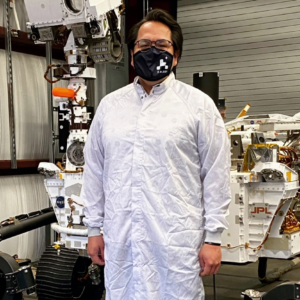
NASA's Aaron Yazzie takes us into space and throughout history as he discusses the importance of diversity in science and why you should always reach for the stars.
WATCH NOW